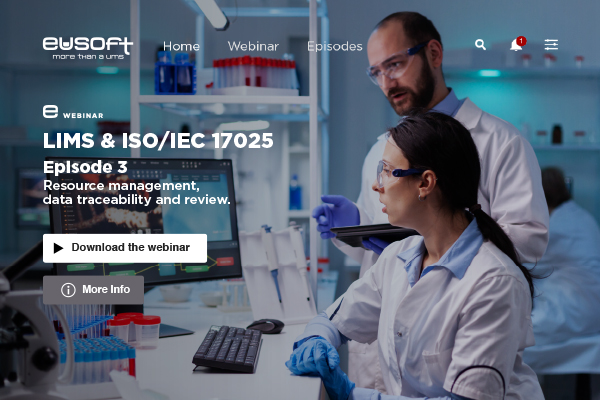It’s no secret that laboratories that automate their operations will not only increase efficiency and productivity but will also increase market share and profitability. In the process of laboratory automation, the LIMS is definitely playing an important role. But what can a Laboratory Information Management System really do? And what can’t it do?
Let’s start with the second question. A LIMS can’t read your mind or know what you meant, can’t make your analysts arrive to work on time, can’t fix training issues (other than documenting them), can’t make your instruments run faster, can’t make you a coffee.
With that said, let’s focus on the first question. A LIMS can automate your sample tracking, your reports, email notifications etc. It can organize your worklists, workload and data and pre-log samples for regulatory and routine monitoring samples. A LIMS can also remind you when you are running low on supplies and when your certifications, training and instruments need updates, calibration, or maintenance. It can integrate with instruments to automate the data import process, create control charts and allow user to view trends; can display data in real-time on dashboards so that you are up to date on any critical laboratory issues, can upload field data in real-time from tablets into the system.
But what really distinguishes a good Laboratory Information Management System from a bad one? Here’s our mini-guide for finding your way around the vast sea of LIMS offers.
The Good LIMS
A good Laboratory Information Management System is based on the latest Cloud technology, has a modern and ergonomic graphical user interface, assures full regulatory compliance, is accessible from mobile devices, offers a report designer, has future-proof features and guarantees the highest standards of data security.
The Bad LIMS
A bad LIMS is typically a poor quality system supplemented with Excel: it lacks modern functionalities and is not based on the most innovative technologies, has lots of software bugs, is not updated or updates do not work, has an old clunky graphical user interface and lacks quality support.
The Ugly LIMS
An ugly Laboratory Information Management System has usually many hidden costs, is error prone and requires a high amount of interaction. Typically, back-ups are difficult, data sharing is limited and audit trails are challenging.
We just have to conclude this movie-inspired post by drawing your attention to some common sense rules: in LIMS, as in life, you get what you pay for. So, to experience a successful software selection and deployment, learn about the underlying technology and understand the value proposition.




